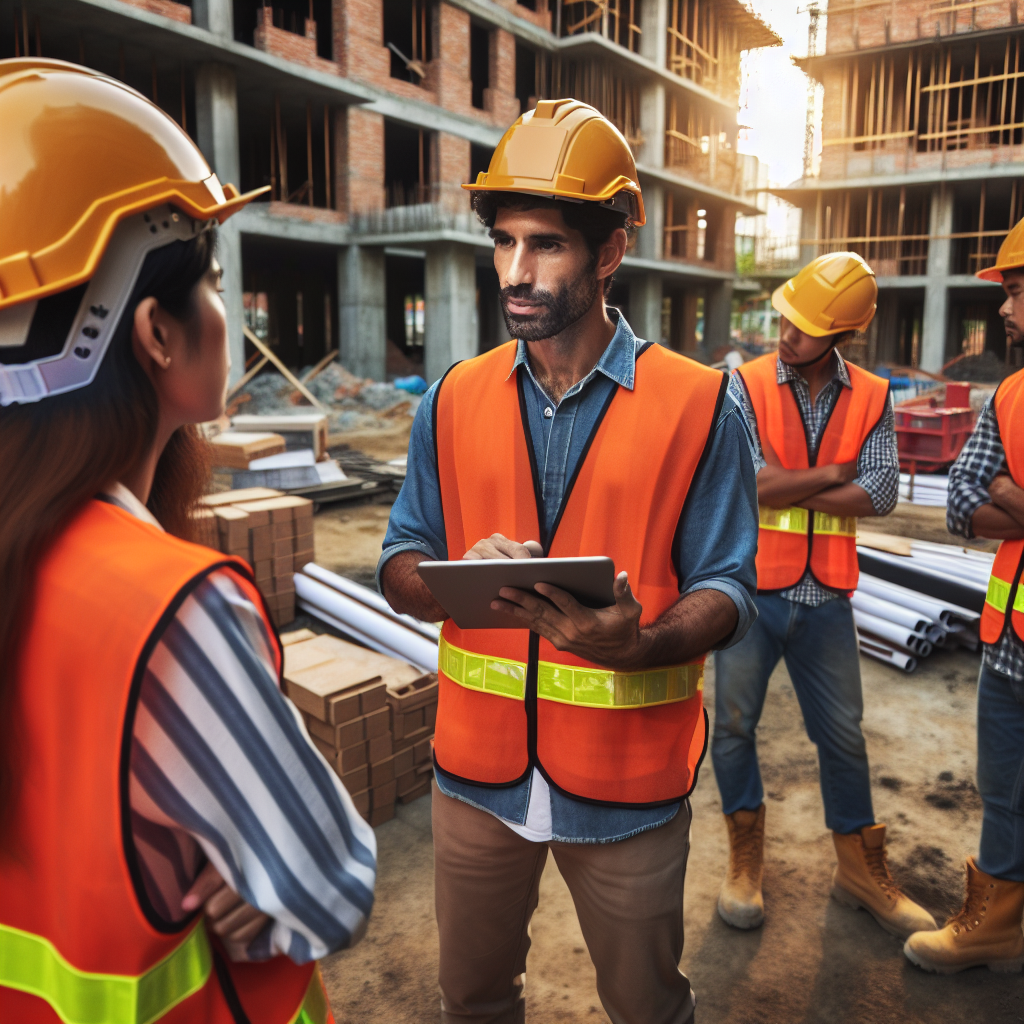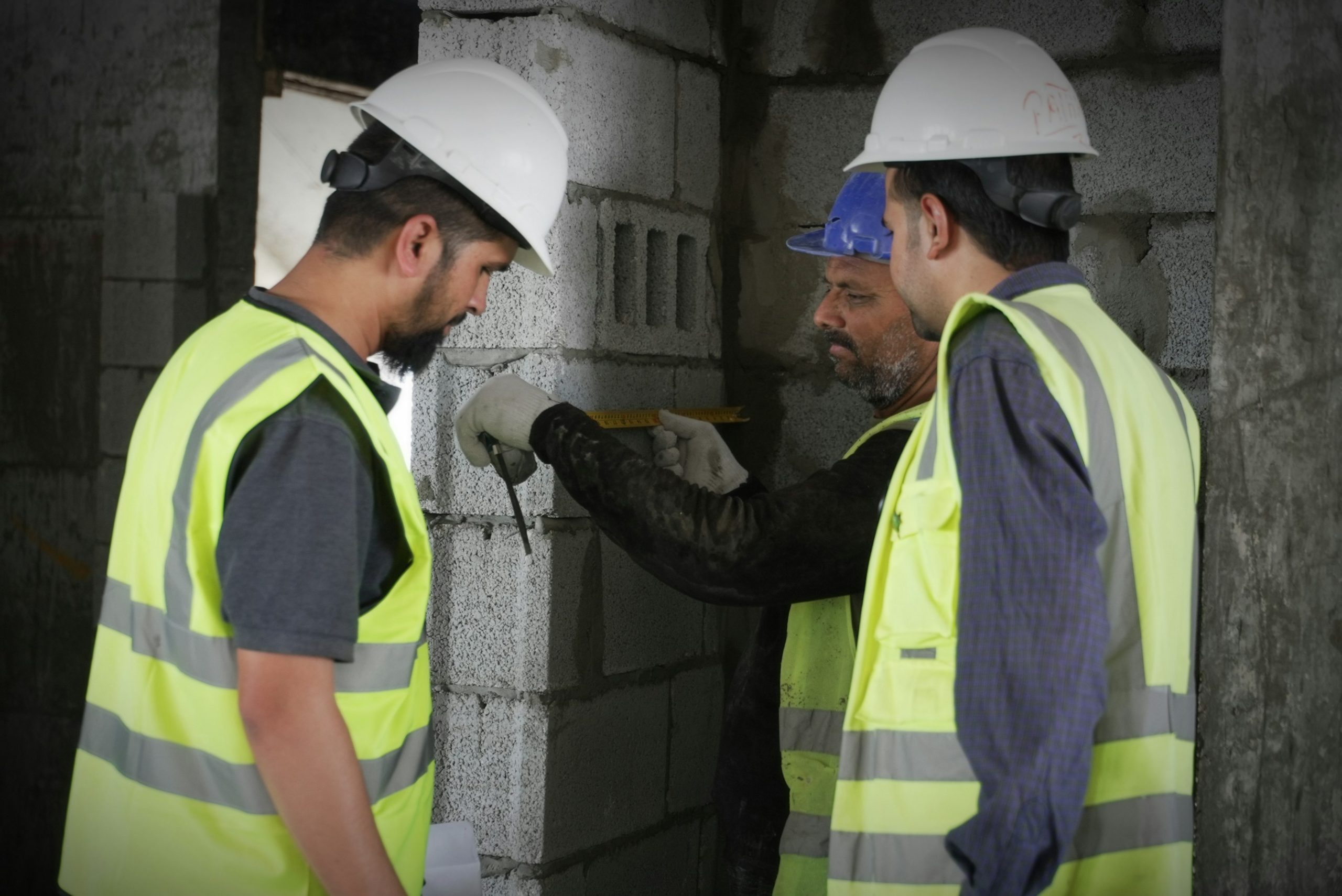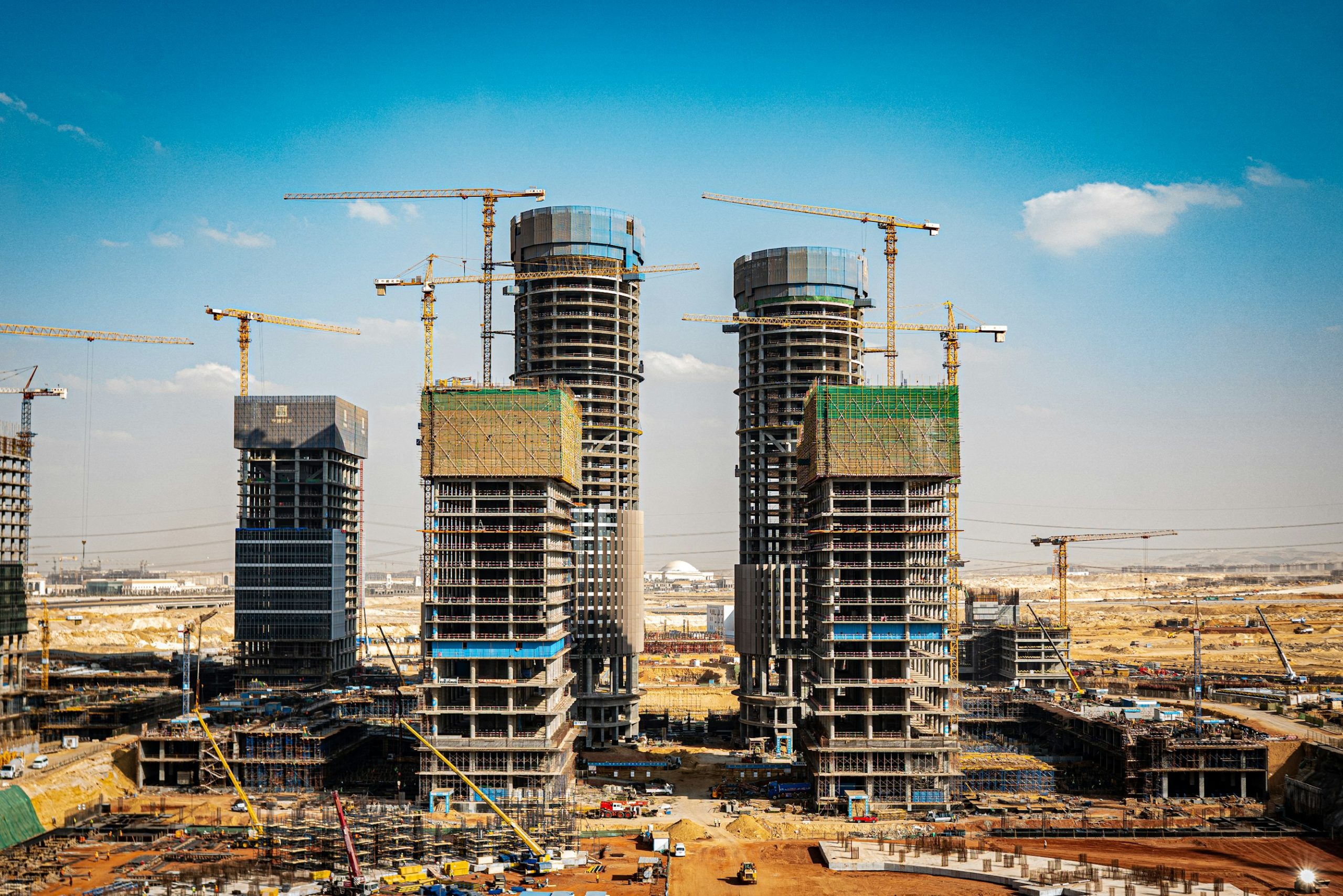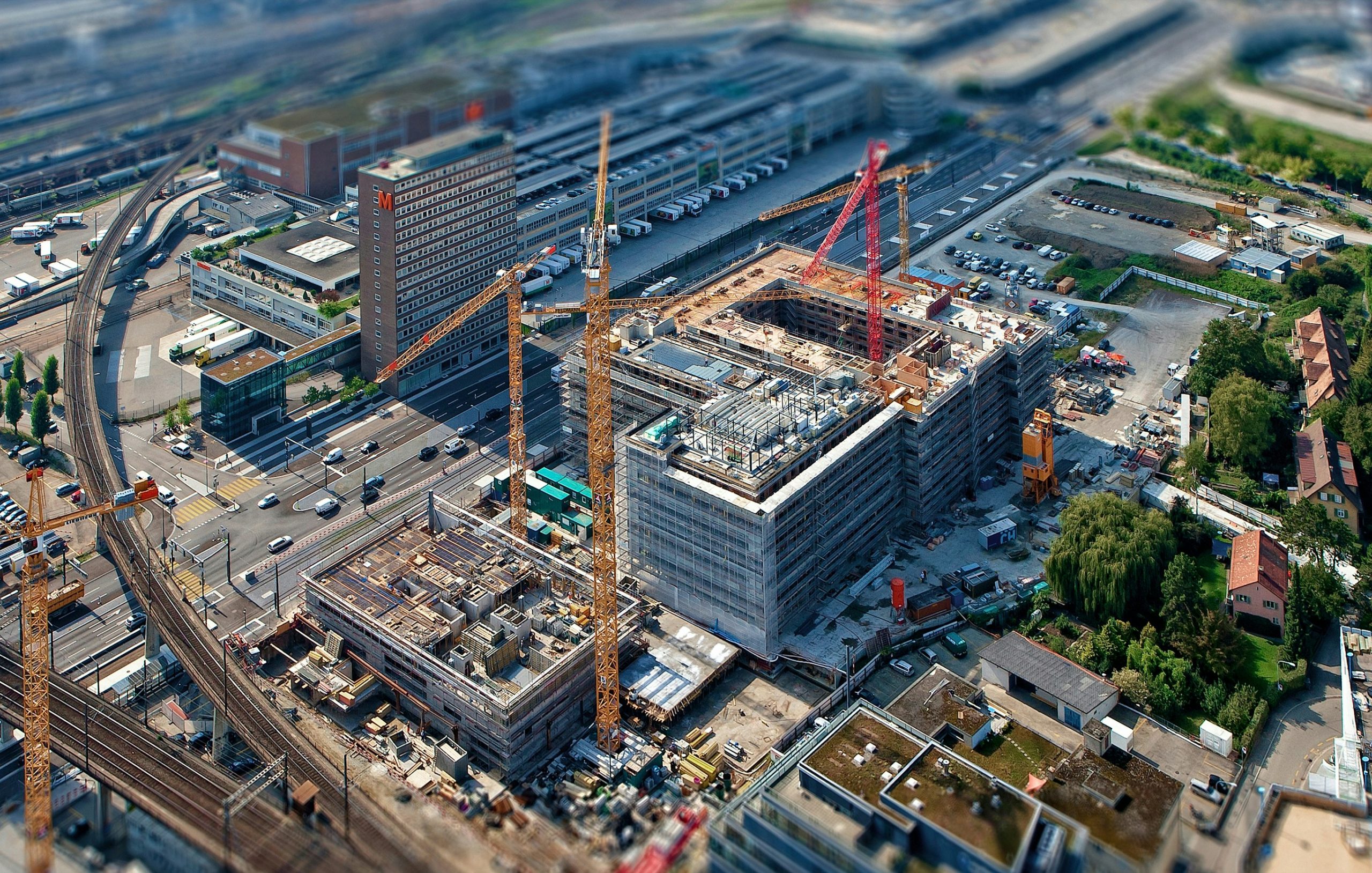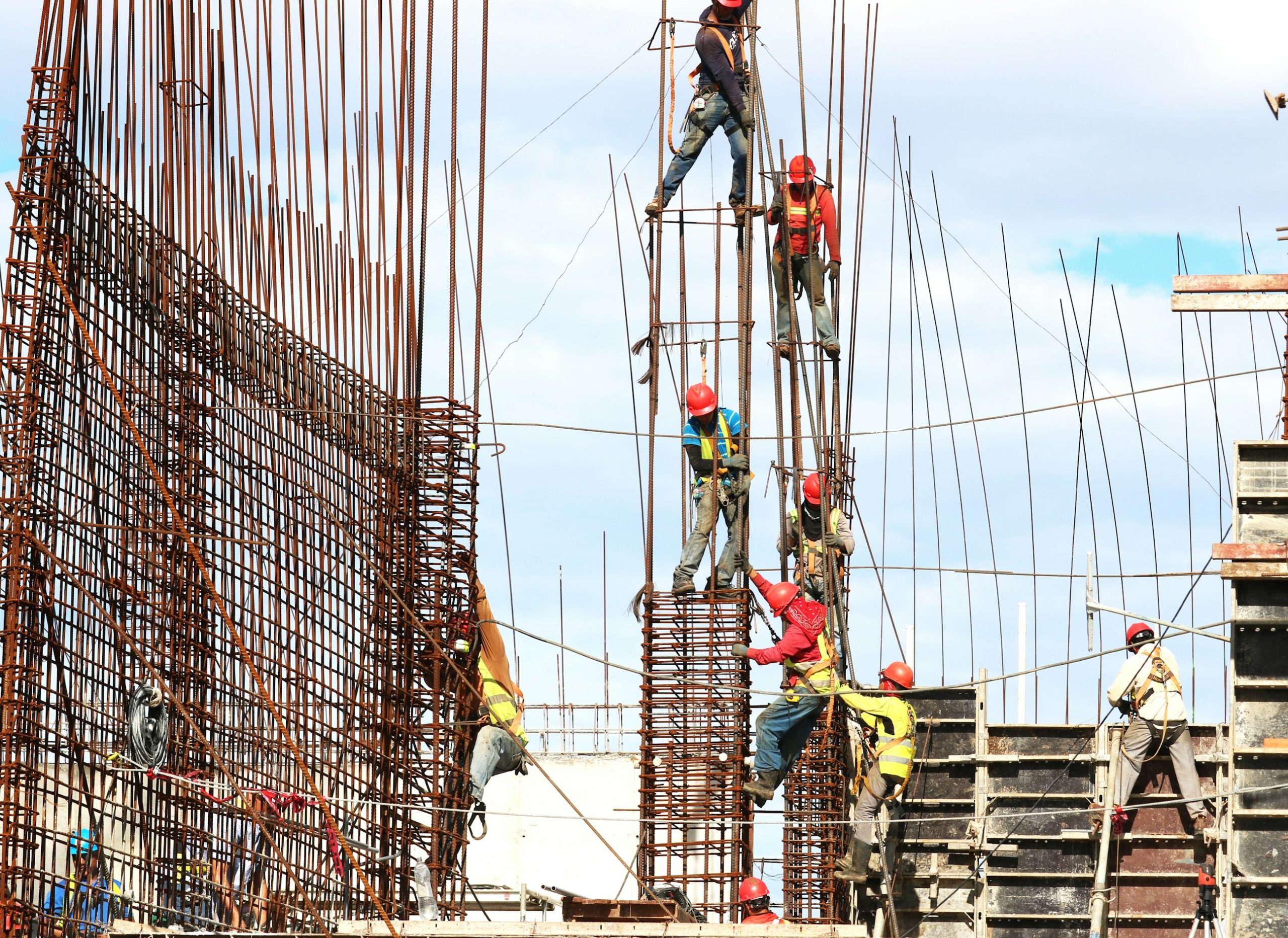Augmented Reality in Construction: Beyond the Prototype Stage
Augmented Reality (AR) in construction is revolutionizing the industry by transforming how projects are visualized, planned, and executed. By integrating construction project management software with AR technologies, teams can enhance their workflows and communication like never before. In this article, we delve into the key concepts, benefits, and best practices of AR in construction, as well as how Zepth can enhance your project management processes.
Key Concepts and Benefits
Enhanced Visualization and Planning
One of the most significant advantages of AR in construction is enhanced visualization. Teams can interact with 3D models in real-time, overlaying digital information directly onto the physical site. This technology allows for better planning, informed decision-making, and early identification of potential challenges. By visualizing designs and layouts accurately on-site, teams can ensure all project details align before extensive work begins, minimizing costly errors in the process.
Improved Collaboration and Communication
AR significantly improves collaboration among teams, regardless of their physical locations. With tools that allow for real-time data sharing and communication, construction professionals can discuss and problem-solve on the fly, leading to better project outcomes. The seamless exchange of information encourages interdisciplinary collaboration, eliminating confusion and miscommunication that often plague large construction projects.
Error Reduction and Quality Improvement
Using AR reduces errors and enhances the quality of work. By overlaying essential engineering drawings and Building Information Modeling (BIM) data on-site, workers can prevent costly mistakes and rework. With AR providing intuitive access to HVAC, MEP, and structural designs, the reliance on traditional paper-based processes is minimized, leading to greater accuracy and fewer delays.
Real-Time Project Information and Progress Tracking
Timely updates are crucial in the fast-paced construction environment. AR allows real-time access to project information, keeping all stakeholders informed about designs and changes. With tools like XYZ Reality’s Atom™ headset, project managers can utilize interactive 3D BIM models on-site, making it easier to identify and rectify issues quickly. This enhances productivity, reduces costs, and streamlines communication.
Clash Detection and Resolution
Traditional clash detection processes are enhanced with AR applications, where teams can visualize conflicts early in the pre-construction phase. By enabling teams to see multiple design layers at once, design conflicts can be resolved on-site, saving time and reducing unnecessary expenses. Effective clash detection translates to more operational efficiency across the project lifecycle.
Accurate Measuring and Construction
AR enhances accuracy in construction measurements, facilitating the overlay of 3D models in real-world environments. Technologies like Engineering Grade AR™ help teams to execute precise mapping, ensuring each installation meets design specifications from the outset. Accurate measurements prevent errors that can lead to significant rework and project delays, ensuring project timelines and budgets remain intact.
Safety Enhancement
Safety is paramount in construction, and AR plays a vital role in enhancing site safety. Through realistic training simulations for emergency scenarios, workers can learn to navigate potential hazards effectively. AR can demarcate dangers such as live cables and holes on-site, significantly reducing the risk of injury and elevating safety standards across the board. An investment in AR-based safety training programs can save lives and reduce insurance costs, a win-win for any construction firm.
Use Cases
Design Visualization
AR offers architects, engineers, and builders a compelling way to visualize projects in their intended environments. This capability allows for early identification of design flaws and safety hazards, effectively reshaping the approach to pre-construction evaluations.
On-Site Construction Assistance
Real-time information about construction site specifics—like utilities’ locations and building peripherals—can be delivered through AR technology. This feature aids workers in executing project plans without delays or unexpected costs.
Stakeholder Engagement
The potential of AR extends to stakeholder engagement, where visualizing construction outcomes enhances understanding and communication among all parties involved. Tailored AR presentations foster transparency and can be pivotal during project pitches.
Maintenance and Operations
Post-construction, AR continues benefitting building owners through the provision of digitized 3D replicas. As digital twins, these constructions facilitate maintenance and future renovations without the need for labor-intensive inspections, proving their value long after project completion.
Best Practices
Integration with Existing Tools
To maximize AR’s benefits, it should integrate seamlessly into common data environments (CDEs) like Autodesk Construction Cloud and Bentley iTwin. This integration automates model retrieval processes, mitigating the need for repetitive manual interventions.
Training and Adoption
Successful AR technology implementation hinges on thorough training for workers, facilitating safe interactions with AR models and simulations. Focusing on safety-specific scenarios is essential to ensure that users can react appropriately to emergencies in real-world applications.
Real-Time Data Access
AR tools must be built for real-time data access to ensure that project teams remain synchronized throughout the lifecycle of the project. Real-time information access is vital for maintaining project momentum and managing stakeholder expectations.
Emerging Innovations
Advanced AR Hardware
Next-gen AR devices, such as Microsoft HoloLens and XYZ Reality’s Atom™, are pushing the boundaries of usability and accuracy in construction. With high-precision overlays and real-time data access, these devices are pivotal in driving AR adoption in the industry.
Extended Reality (XR) Integration
The trend toward integrating AR with other extended reality technologies, including VR and Mixed Reality (MR), is set to enhance visualization and safety training further, transforming jobsite interactions.
Automated Model Retrieval
The automated retrieval of BIM and GIS data from project repositories is becoming seamlessly integrated into workflows. This advancement eliminates time-consuming manual processes necessary for converting data into usable 3D visual formats, optimizing project delivery timelines.
Statistics and Market Outlook
- The AR market is forecasted to grow from $38.56 billion in 2022 to a staggering $597.54 billion by 2030, highlighting its critical impact on the construction landscape.
- Close to 45% of AR implementations in civil infrastructure focus on on-site operations, demonstrating its prevalent application in real-world construction settings.
How Zepth Can Help
Project Management and Collaboration: Zepth’s construction management solutions can seamlessly integrate with AR technologies to foster collaboration and effective communication among team members. Access to real-time project information can be significantly enhanced, leading to more efficient teamwork.
Data Integration and Automation: Zepth automates the retrieval of BIM and GIS data, ensuring AR models reflect the most accurate, up-to-date project data, reducing manual effort and increasing efficiency.
Safety and Training: As the construction landscape embraces AR for safety initiatives, Zepth can support the development of these training programs, empowering workers to safely utilize AR technology on-site.
Quality Control and Issue Resolution: AR integrated with Zepth’s project management tools allows teams to detect and resolve issues promptly, enhancing overall project quality and minimizing rework.
For more information on how Zepth can enhance your construction management processes, visit Zepth’s Construction Management Solutions.
Conclusion
Augmented Reality has transcended the prototype stage in construction; it is an essential technology that delivers numerous advantages, from improved visualization and planning to enhanced safety and reduced costs. As AR technology continues to advance, effectively integrating it with existing construction management processes and tools will be critical in harnessing its full potential.
